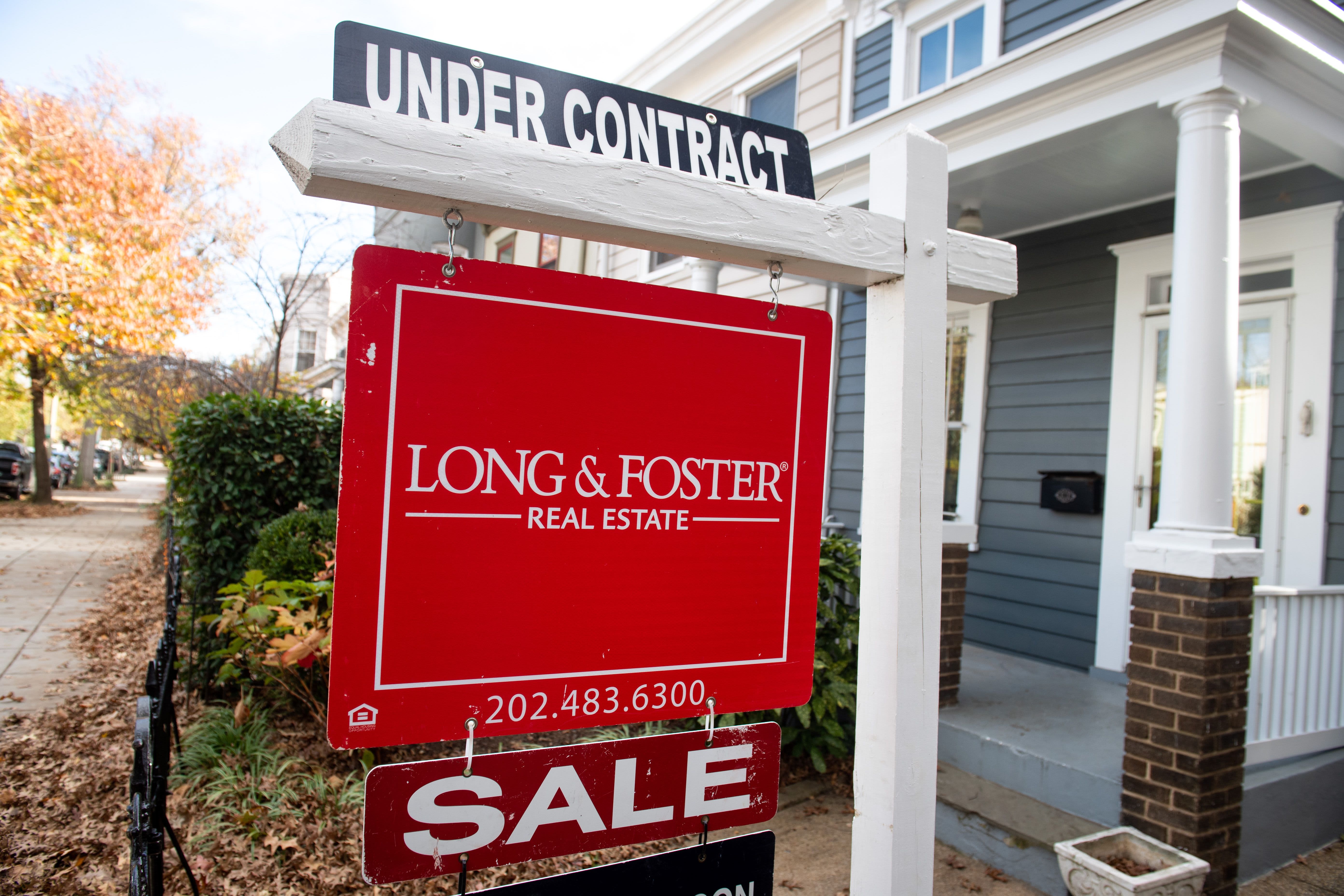
During the Covid pandemic, home prices have shot up nearly nationwide while household income fell.
As a result, homeownership became out of reach for many would-be buyers.
However, affordability was a growing problem well before 2020 and the start of the pandemic.
In the last decade, the median home price rose roughly 30% and incomes crept up just 11% over the same time period, according to a Bankrate analysis of data from the National Association of Home Builders/Wells Fargo Housing Opportunity Index.
Over 50 years, the difference is even more striking. After accounting for inflation, home prices have jumped 118% since 1965, while income has only increased by 15%, according to a separate report by online brokerage Clever Real Estate, based on Census data.
In effect, the pandemic-induced run on housing only worsened the affordability crisis for many potential home buyers, even with record-low interest rates on mortgages.
To afford a home in 2021, Americans need an average income of $144,192 — far more than the median household income of $69,178, Clever Real Estate found.
A common rule of thumb to determine how much you should spend on housing is that it should be no more than 30% of your gross monthly income, which is your total income before taxes or other deductions are taken out.
Some experts — and lenders — say a home’s sale price should not exceed 2.5 times your annual salary.
More from Personal Finance:
This could be the worst market for a first-time homebuyer
How much house can you afford?
Buying a home unmarried?
However, with home prices rising exponentially faster than income, it is increasingly difficult to do this, noted Francesca Ortegren, Clever Real Estate’s data scientist.
After the pandemic caused housing prices to spike, homes now cost 5.4 times more, on average, than a typical buyer’s gross income.
Of America’s 50 most populated cities, only six had a “healthy” price-to-income ratio at or below 2.6, Clever found: Pittsburgh, Cleveland, Oklahoma City, St. Louis, Cincinnati and Birmingham, Alabama.
On the other end of the spectrum, the least affordable cities were, unsurprisingly, San Jose, San Francisco, San Diego, New York and Los Angeles — where the price-to-income ratio is as high as 9.8.
“To be able to afford a home, you have to make quite a bit of money or save for a very long time,” Ortegren said.
Because just two assets — home equity and retirement savings — account for the majority of household wealth, such historically high home prices make it even harder to close the generational wealth gap.
In addition, first-time homebuyers are at a greater disadvantage since they don’t have the funds from a previous home sale to help.
“We are just increasing the number of people who are going to have a harder time building wealth by owning a home,” Ortegren said.
Subscribe to CNBC on YouTube.


 Signal2forex.com - Best Forex robots and signals
Signal2forex.com - Best Forex robots and signals




